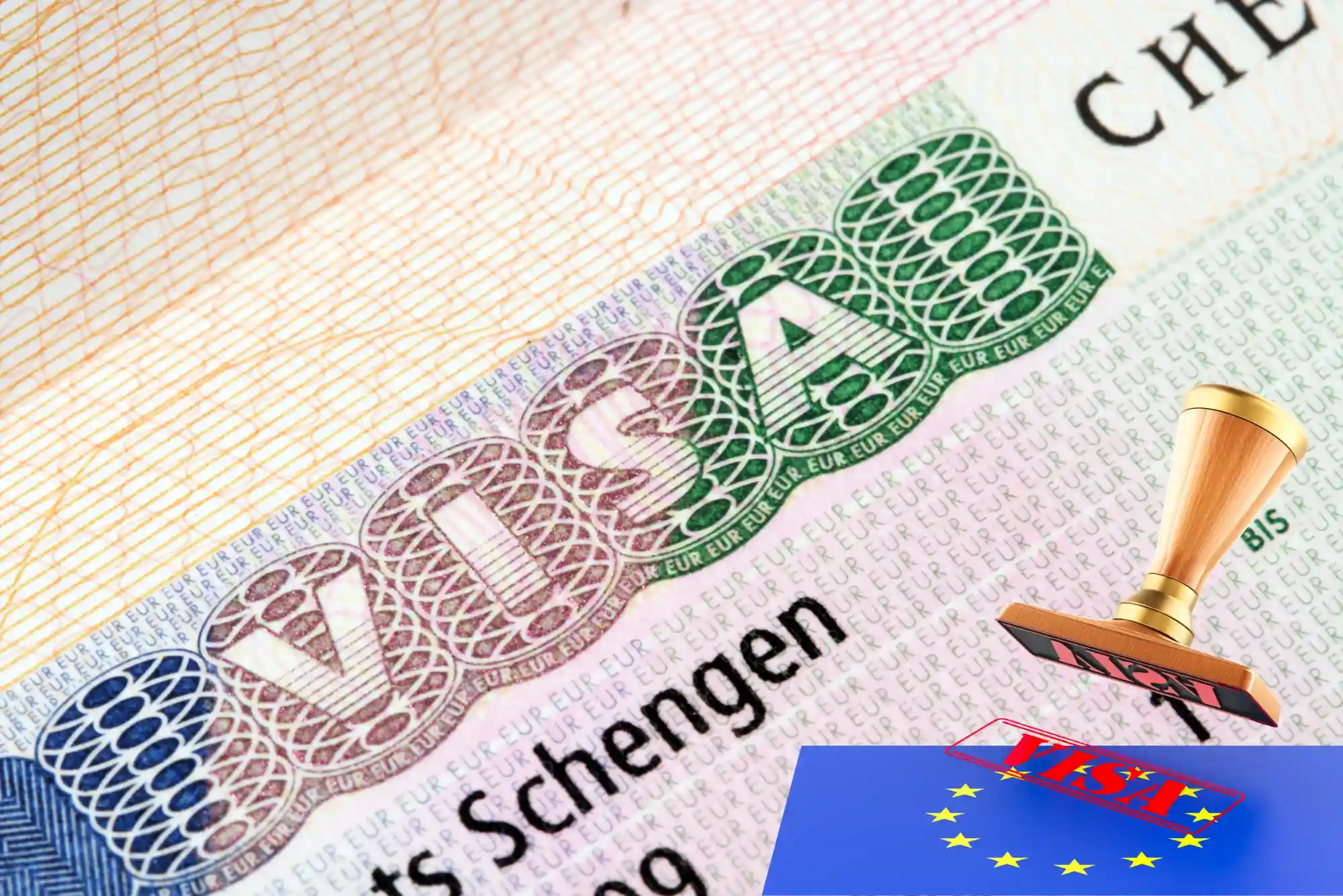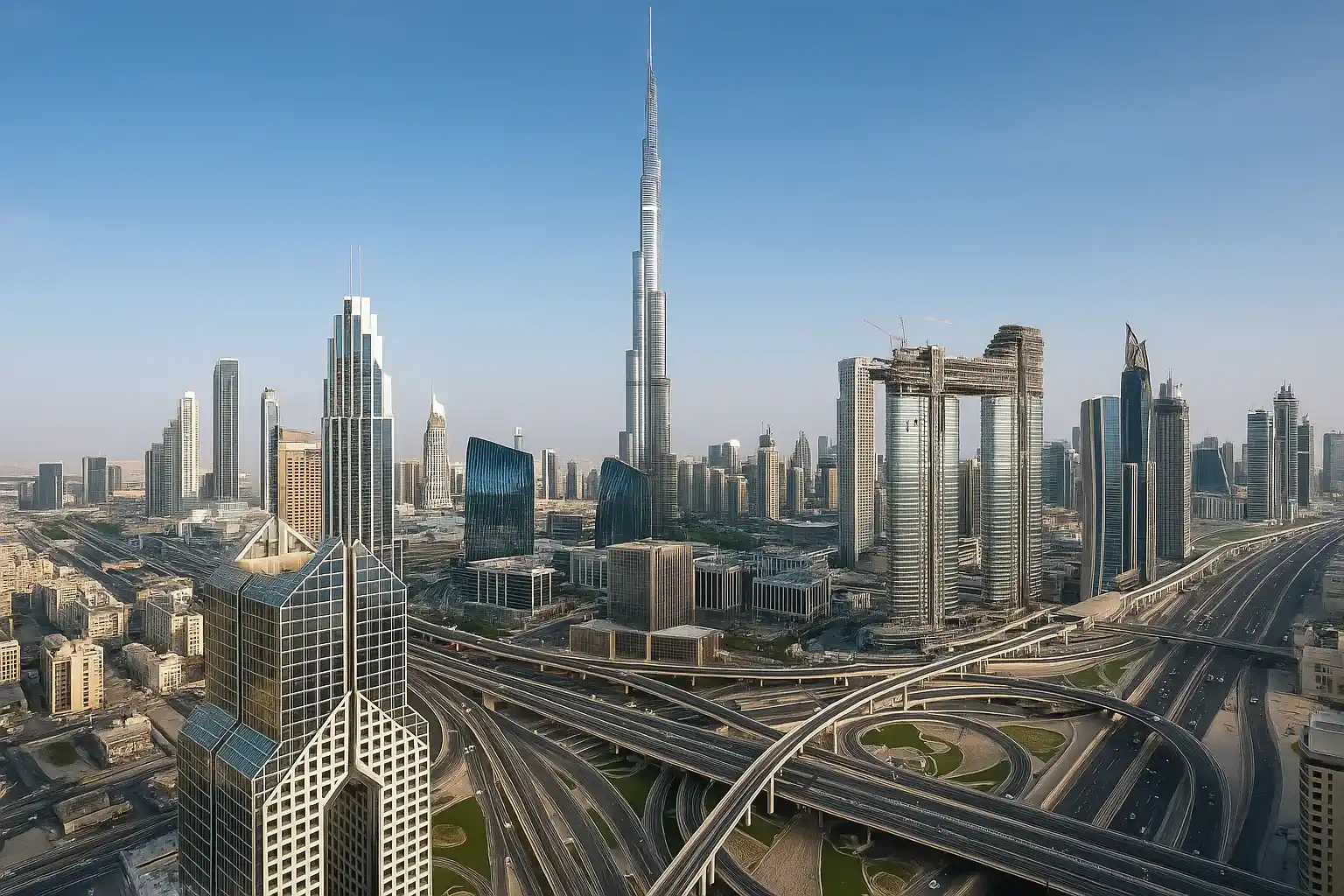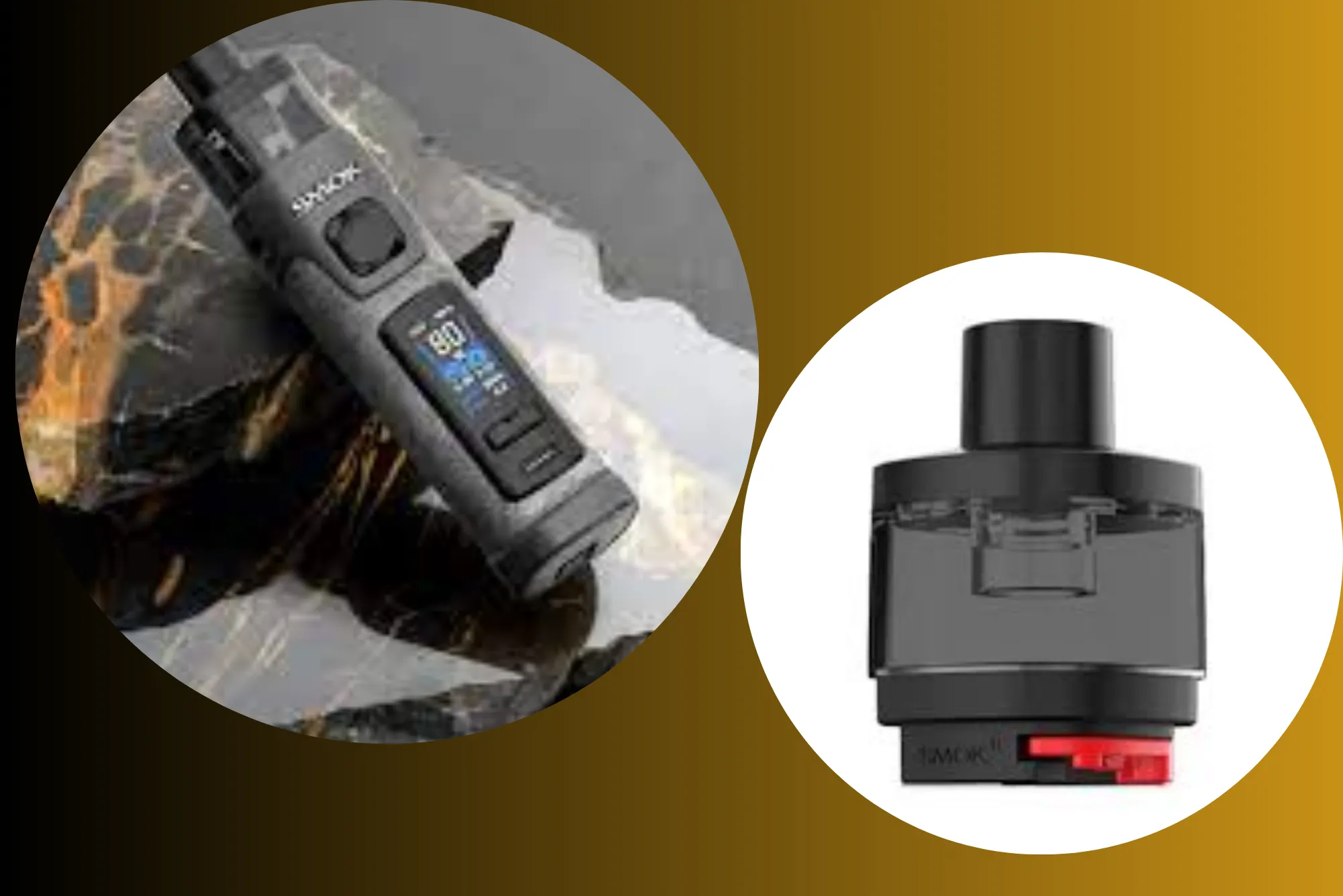If you’re planning to visit Europe’s Schengen Area more than once within a short period, you might have come across the term Schengen visa multiple entry. But what exactly does it mean, and how can it benefit your travel plans? In this article, I’ll share everything I’ve learned from both my personal experience and expert insights about this type of visa. Whether you’re a frequent traveler, a business visitor, or someone with family spread across several European countries, understanding the Schengen visa multiple entry is crucial.
Understanding the Schengen Visa System
Before diving into the specifics of the multiple-entry visa, it’s helpful to recap what the Schengen visa itself is. The Schengen Area consists of 27 European countries that have abolished passport and other types of border controls at their mutual borders. With one visa, you can travel freely among these countries, making it a popular destination for tourists, students, and business people alike.
Generally, when you apply for a Schengen visa, you receive a single-entry or multiple-entry visa. A single-entry visa allows you to enter the Schengen Area once; after you leave, the visa becomes invalid. That means if you need to re-enter the area for any reason, you’d have to apply for a new visa. This can be quite inconvenient and expensive if your travel plans require multiple visits.
What Exactly Is a Schengen Visa Multiple Entry?
Simply put, a Schengen visa multiple entry allows you to enter and exit the Schengen Area as many times as you want during the visa’s validity period, provided you do not exceed the maximum allowed stay. For most Schengen short-stay visas, the maximum stay is 90 days within any 180 days. The multiple entry feature offers a flexibility that is invaluable for many travelers.
For example, imagine you live outside Europe but have business meetings in different Schengen countries spread over several months. With a multiple entry visa, you can fly into Paris, attend your meetings, leave Europe for a conference in the US, and then return to Amsterdam for another engagement without the hassle of applying for a new visa each time.
Who Should Consider Applying for a Multiple Entry Schengen Visa?
From my experience and talking with frequent travelers, here are some typical profiles that benefit from this visa type:
-
Business travelers: If your job requires frequent visits to Europe for meetings, conferences, or site inspections, the multiple entry visa saves you time and paperwork.
-
Tourists planning multiple trips: Perhaps you want to explore Europe in stages, or have a round-trip plan with stops in and out of the Schengen Zone.
-
Family visitors: If you have relatives living in different Schengen countries and you intend to visit them on separate occasions.
-
Students or researchers: Some students or academics who attend short courses or conferences might find the multiple entry option useful.
Even if you’re not sure you’ll need it yet, if there’s a chance you might travel multiple times during your trip window, it’s worth applying for the multiple entry option.
How Do You Apply for a Schengen Visa Multiple Entry?
The application process for a multiple entry visa is similar to a single-entry visa but requires some additional considerations. You’ll need to indicate on your application form that you want a multiple entry visa and provide a clear justification for why it’s necessary.
Embassies often require evidence such as:
-
A detailed travel itinerary showing multiple planned entries and exits.
-
Invitation letters if visiting family or for business.
-
Proof of ties to your home country, demonstrating you will not overstay.
-
Financial documents proving you can support yourself during multiple trips.
What Are the Validity and Stay Limits?
The validity period of a multiple entry Schengen visa can vary. It might be as short as 6 months or extend up to 5 years in some cases, depending on your travel history, the purpose of the visit, and the discretion of the issuing authority.
However, no matter the validity period, the 90/180 rule still applies. This means you cannot stay more than 90 days within any rolling 180-day period inside the Schengen Area. This rule is strict, and overstaying can lead to fines, visa cancellations, or even bans.
Personal Experience: Why I Preferred Multiple Entry
I remember the first time I applied for a Schengen visa; it was a single entry, and I didn’t fully appreciate the limitations. A few months later, I had to return to Europe for another short visit, and I had to start the application process all over again. It was time-consuming and a bit stressful.
On my next trip, I applied for a Schengen visa multiple entry, providing a clear itinerary showing multiple business meetings in various countries. The process was a bit more thorough, but the peace of mind I got was worth it. During the validity period, I could hop between countries without worrying about visa restrictions, and that flexibility truly enhanced my travel experience.
Common Questions About Schengen Visa Multiple Entry
Can I Convert a Single Entry Visa to Multiple Entry?
Unfortunately, no. You must apply for a multiple entry visa at the start. If you currently hold a single-entry visa and want multiple entries, you’ll have to apply for a new visa.
Does a Multiple Entry Visa Guarantee Unlimited Stays?
No, it does not mean unlimited days in the Schengen Area. You still must follow the 90/180 rule, meaning your total stay cannot exceed 90 days within any 180-day timeframe.
How Long Does It Take to Process a Multiple Entry Visa?
Processing times vary by country and embassy workload, but generally, multiple entry visas can take slightly longer to process because of the additional documentation and scrutiny.
What Happens If I Overstay?
Overstaying on a Schengen visa can have serious consequences, including fines, deportation, and difficulty obtaining visas in the future. Always keep track of your days in the Schengen Area carefully.
Final Thoughts
Understanding the Schengen visa multiple entry is key to planning smooth and flexible travels across Europe. Whether for business, leisure, or family visits, having this type of visa means fewer worries about reapplying and more freedom to explore multiple countries on your terms.
If your travel plans involve multiple trips to the Schengen Area, I highly recommend considering the multiple entry option. Doing your homework, preparing your documents carefully, and understanding the rules will help ensure your application is successful.
Travel smart, travel often — and enjoy everything Europe has to offer with the right visa in hand!




